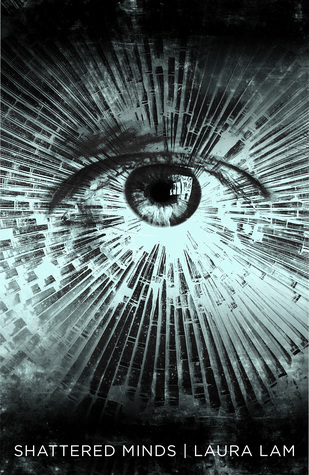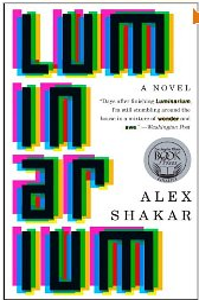Download links for: Les neurones de la lecture


Reviews (see all)
Write review
Great research...but a journalist co-author might have helped smooth the delivery.
A fantastic and illuminating read about reading. Highly recommended.
Accessible et captivant !
E-book
Other books by Nonfiction
Other books by Stanislas Dehaene
Related articles












